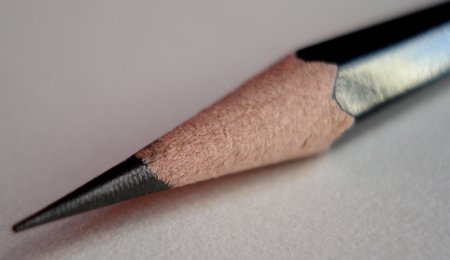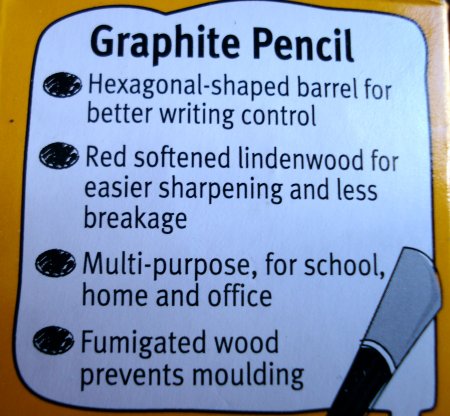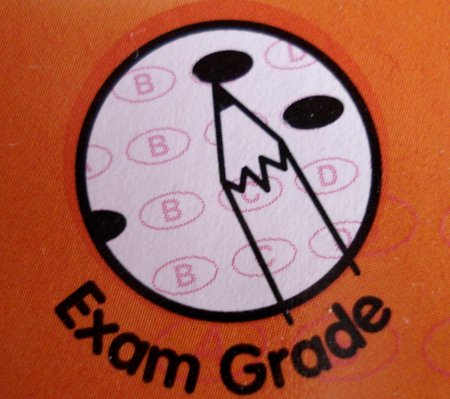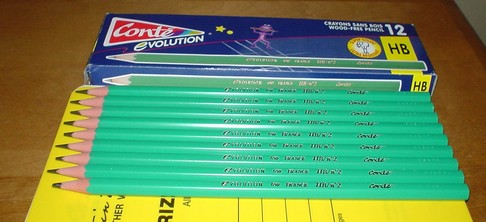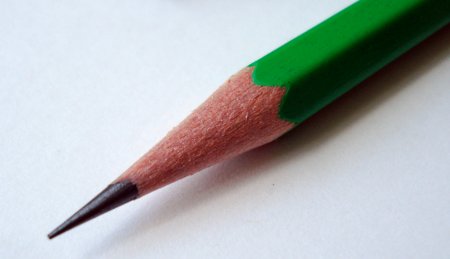
Here is the modern incarnation of a classic pencil. The Critérium name dates at least as far back as the 1930s, and has continued through various mergers and acquisitions to the current Bic ownership.
This is a pencil I have sought for years. I’m not sure why, but Bic seems to be engaged in very selective pencil product sales and export. The blog showed a beautiful Critérium leadholder earlier this year. The pencil collector in France who sold that leadholder to me also stated that no Bic woodcase pencils are available in his area! Is that really possible?
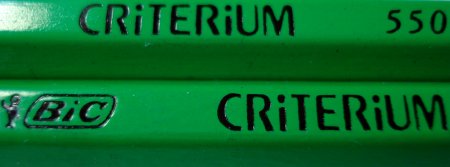
The pencil has a distinctive green body, with black cap and white cap ring. It is available in a range of twelve degrees. Imprints are in black or white. My understanding is that this is Bic’s premiere woodcase pencil.
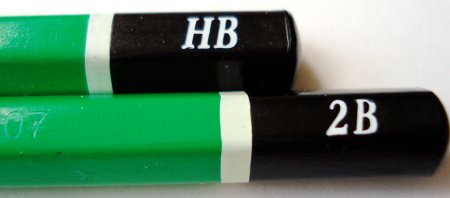
The pencil writes very well, and sharpens easily. It is another pencil whose performance surpasses the appearance. I would guess that it could compete with major global brands on most quality aspects. Yet, the lacquer and imprint details unfortunately look neglected. Bic is a major design firm, and I’m sure they could do better.
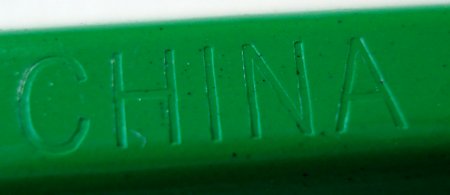
A very close look also reveals that the pencil is stamped “China”.
Recommended, if you can find it.
My thanks to Gunther from Lexikaliker for kindly sending me these pencils.
Further reading:
From leadholder.com: Some interesting brand history.
From Bic: Official product page.

